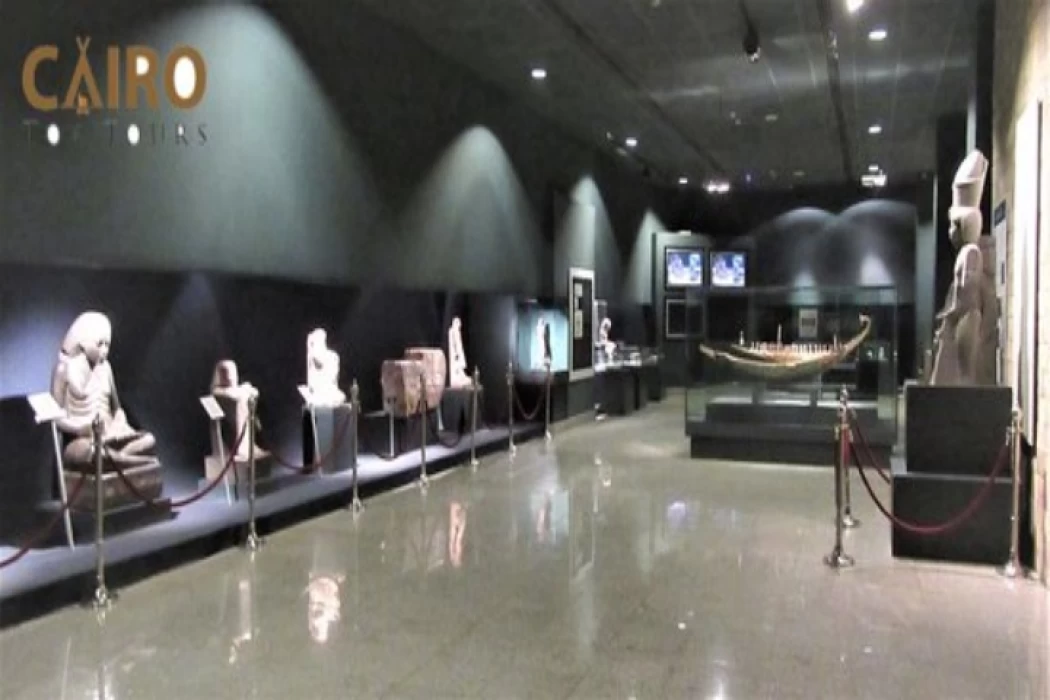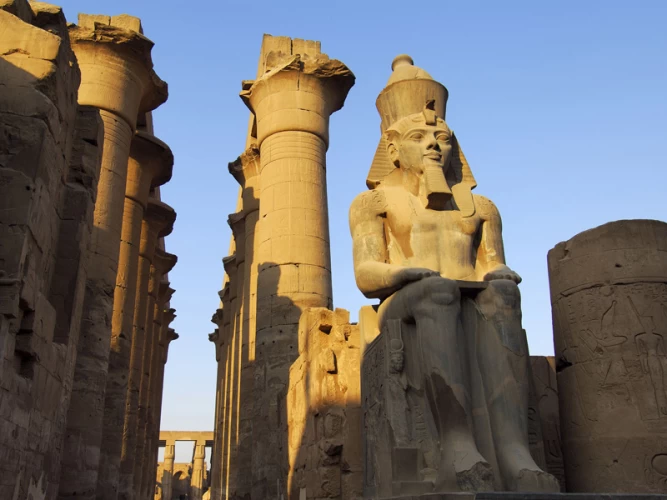
Luxor museum
Informations About Luxor museum
The largest museum in the governorate is the “Luxor Museum”, which was officially opened on December 12, 1975, during the era of former President Muhammad Anwar Sadat with his guest, the President of France at the time, Valery Gassikar de Stan, and the museum is considered the largest and largest historical edifice located on the Nile Corniche, and it is the largest headquarters that collects Egyptian antiquities and rare pieces from Pharaonic history, statues of the kings of the various dynasties and rare mummies of the kings and princes of the Pharaohs, as it collects hundreds of artifacts, rare coins and other history of Pharaonic civilization throughout the ages.
The museum witnessed the first and largest development of the museum in 1984 with the establishment of an indoor exhibition in place of the old exhibition, then former President Hosni Mubarak inaugurated the Khebeya Hall in 1992, and the last development was to make a second expansion of the museum through the establishment of the “Glory of Thebes” hall in 2004 to include another group of highly distinguished artifacts. It included 376 pieces of rare artifacts from several dynasties, all of which were displayed with great precision and care according to chronology, and hundreds of new pieces were added to it, as well as a large number of pieces in its storage and the special gift shop at its entrance.
The museum consists of two floors, ground and upper, and the ground floor contains a number of artifacts found in the governorate, including the head of the god “Hathor” in the form of a cow whose body is made of gold-plated wood, with two copper horns and eyes inlaid with lapis lazuli gemstone, and its base is painted with black wax. The statue represents one of the forms of the god Hathor, the goddess of happiness and love, who receives the setting sun every day and also the souls of the recently deceased, and the floor includes the granite head of the statue of Amenhotep III, the statue of the god Amun and a rare head of King Senwosret III.
The second floor contains a number of statues, the most important of which are the statues of Mak Akhenaten, a number of Coptic funerary paintings, a number of Coptic funerary paintings, and a number of inscribed stones known as talatat, which were part of one of Akhenaten's temples at the eastern end of the Karnak Temple and were assembled.
There were inscriptions depicting daily and religious life in the temple and some furniture, jewelry, utensils and royal amulets, as well as stone pieces inscribed with the image of King Imhotep II on a war chariot, and in front of the chariot there is a copper target pierced by four arrows, in addition to other pieces with Akhenaten and his wife worshiping the sun god “Aton”.
As for the mummies inside the museum, it is 4 mummies, two of which are on full display, two were covered with linen to preserve them, and one was purchased by the Niagara Falls Museum in 1800, where it was hidden for a long time before being purchased in 2006 by the Michael Carlos Museum in Atlanta, Georgia, and after it was examined, it was known that it was a royal mummy dating back to the late eighteenth dynasty, and perhaps this mummy belonged to King Ramses I, the founder of the nineteenth dynasty.
Eighteenth Dynasty, and this mummy may be for King Ramses I, the founder of the Nineteenth Dynasty, and recently the Michael Museum dedicated the mummy from the people of Atlanta to the people of Egypt, as well as a mummy of King Ahmose I, which was added to the museum's holdings in March 2004 AD, as part of the renovations in the museum, which included a visitor center and a large exhibition to restore the walls of Akhenaten's temple in Karnak.


















